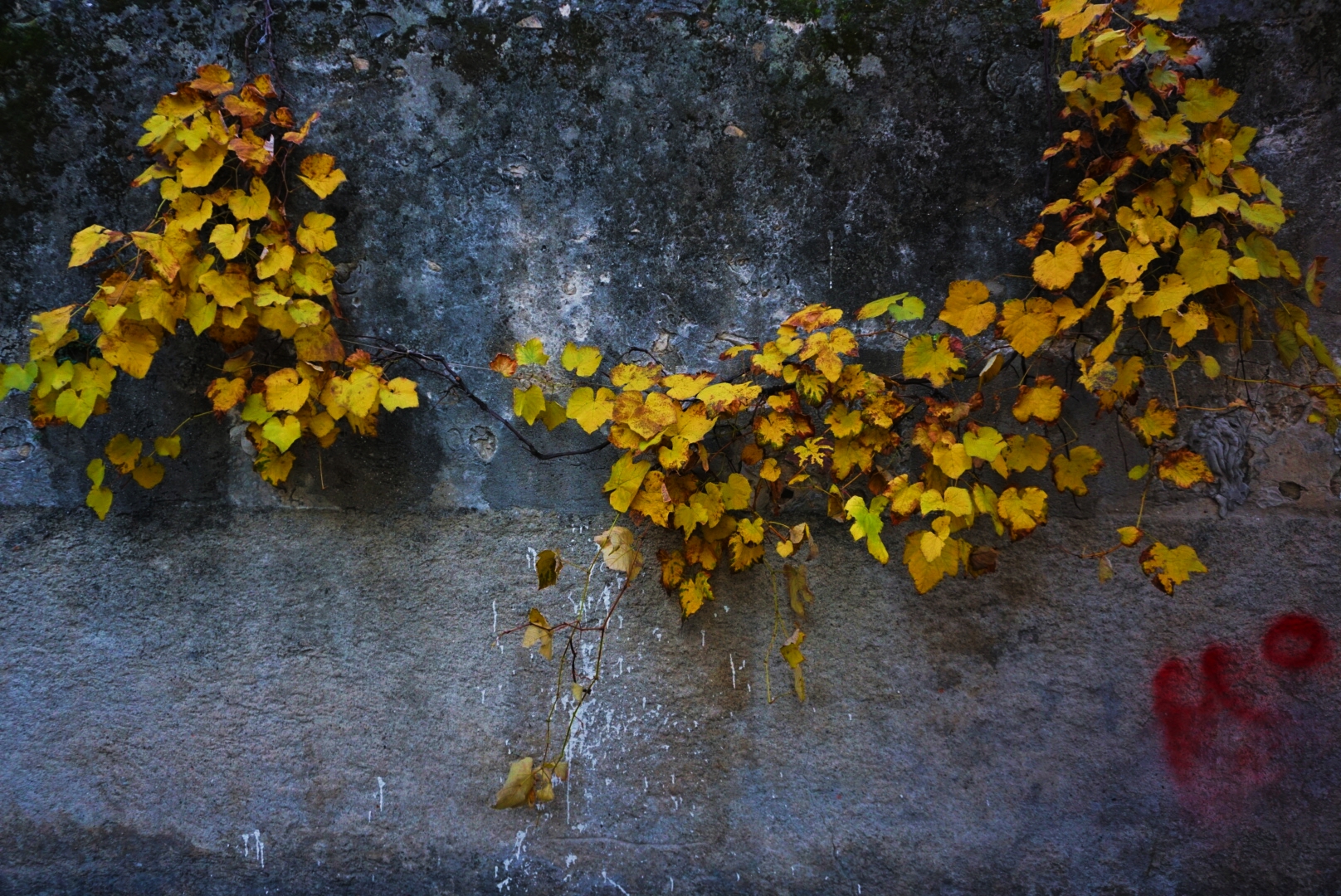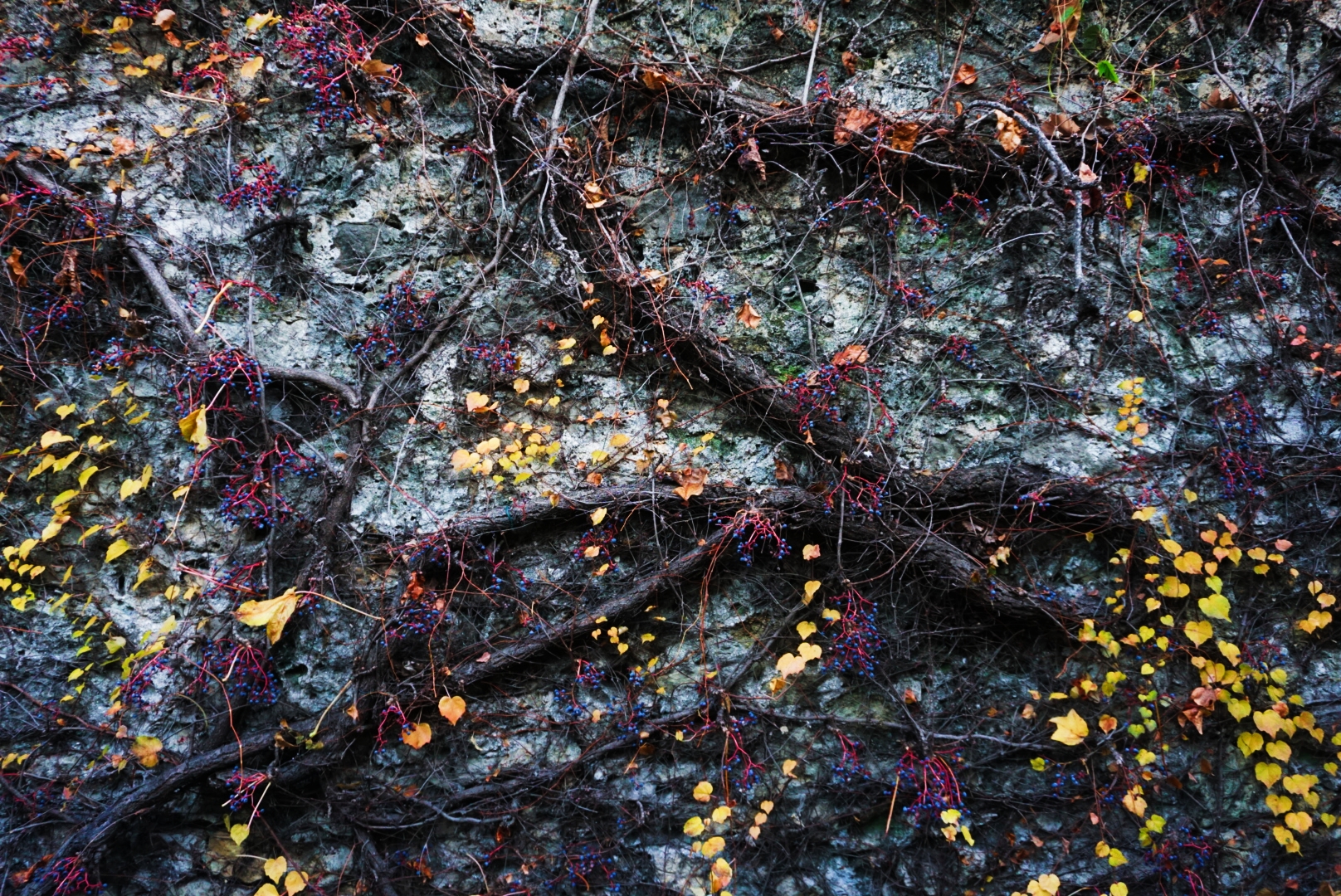-
My scientific research interests lie in global analysis and differential geometry, and their applications to dynamical systems, hydrodynamics and shape analysis. Current themes include:
- Developing a Riemannian BCH formula for diffeomorphism groups with a right-invariant metric (see Key Projects);
- Generalising Dirac Delta distributions from singletons to subsets of high dimension and codimension via de Rham Currents (see Key Projects - joint work with Professor Stephen Marsland);
- An exploration of alternative graph representations which are suitable for statistically analyzing populations of graphs and developing dimensionality reduction techniques (joint work with Dr. Anna Calissano and Professor Xavier Pennec);
- Conjugate points of L2 kinetic energy metrics on diffeomorphism groups and their application to stability in dynamic meteorology;
- Improving Neural Network Surface Processing with Principal Curvatures (see Key Projects - joint work with Josquin Harrison) .

-
Current significant projects
- Knotted Solutions to the Euler Equations on the 3-Sphere
Focal points:- We generalise the dirac delta distribution from singletons to closed curves in 3-space in such a way that it belongs to a Lebesgue class of differential forms.
- An important consequence of this is that it's essential support is of full measure yet can be shrunk into any given tubular neighbourhood of the curve it models.
- As an application we use these distributional forms to construct non-stationary solutions to the Euler Equations of hydrodynamics supported around any finite set of linked, but non-intersecting, knots.
- Our solutions are related to several existing results in the literature, including the compactly supported Euler flows of Gavrilov and the vortex tubes of Peralta-Salas and Inciso.
- Riemannian BCH Formulas for the Diffeomorphism Groups
Focal points:- This project reviews the geometry of a right invariant metric on a (possibly infinite dimensional) Lie Group; new results on the geodesic equations and new formulas for the derivative of the Riemannian exponential map are presented, along with some applications to conjugate points and geodesic stability.
- It is known that the classical BCH formula for diffeomorphism groups does not hold due to the local surjectivity failure of the intrinsic group exponential map; the overall goal of these new results on Riemannian exponential maps of right-invariant Sobolev type metrics is to obtain a Riemannian BCH-type formula for the diffeomorphism group.
- A Riemannian BCH formula could assist in characterising those diffeomorphisms that lie in the image of the group exponential map and those that do not, while also quantifying the extent to which the classical BCH formula fails to hold on the diffeomorphism group.
- For example, the results of Zajtz (1996) show that Anosov diffeomorphisms do not embed in any flow: on the one hand these diffeomorphisms exhibit exponential stretching and compressing, while on the other hand they are structurally stable -- understanding the qualitative stability properties of those diffeomorphisms which do not embed in any flow could have interesting consequences for autonomous dynamical systems, as-well as time-dependent systems where Anosov diffeomorphisms could embed.
- Improving Neural Network Surface Processing with Principal Curvatures
Focal points:- From a Mathematical point of view, curvature is an invariant characterising the intrinsic geometry and the extrinsic shape of a surface; yet, in modern applications the focus has shifted away from finding expressive representations of surfaces and towards the design of efficient neural network architectures to process them.
- The literature suggests a tendency to either overlook the representation of the processed surface, or is over complicated by the use of representations whose ability to capture the essential features of a surface is opaque.
- This project propose adding curvature to the input of neural network architectures for surface processing, and explores this proposition through experiments making use of the Shape Operator.
- Our results show a meaningful increase in performance on segmentation and classification tasks when curvature is used, and with far less computational overhead than current methods.
- The Statistical Analysis of Graphs
Focal Points:- Graphs and Networks arise very naturally in the applied sciences; for example, brain arterial networks, infrastructure systems, and social networks.
- Given a collection graphs or networks, describing some system of interest, our two central questions are: "which substructures are common to all members of the collection?" and "which substructures vary across members of the collections?". Statistically, these questions ask what is the mean and what is the variance of a collection of graphs or networks.
- This project is aimed at finding representations of graphs and networks using their edge lists, which enable simple decompositions of the members into substructures of certain types - forests, cycles, cliques,...etc. for the purpose of answering our two central questions.
- Mathematical Remarks on LDDMM
Focal Points: - The method of LDDMM has become somewhat of a phenomenon in medical imaging over the past 30 years; yet, it's mathematical content has remained largely opaque in terms of what is being measured and how it's measured, aswell as the passage to implementation.
- The goal of this article is to rederive the Euler-Lagrange matching equations in clear, unambiguous terms, and describe how these are modified and discretised for implementation.

- Knotted Solutions to the Euler Equations on the 3-Sphere
-
Publications and Pre-prints
- J. Harrison, J. Benn, Improving Neural Network Surface Processing with Principal Curvatures, (2024) -- in preparation;
- J. Benn, S. Marsland, Knotted Solutions to the Euler Equations on the 3-Sphere, (2024) -- in preparation;
- J. Benn, S. Marsland, Towards a BCH Formula on the Diffeomorphism Group with a Right-Invariant Metric, hal-04360903 (2023) -- submitted for review at Analysis and Mathematical Physics;
- M. Akhøj, J. Benn, E. Grong, S. Sommer, X. Pennec, Principal Subbundles for Dimension Reduction, arXiv:2307.03128 (2023) -- submitted for review at Foundations of Computational Mathematics;
- J. Benn, A. Calissano, S. Marsland, X. Pennec, The Current Space of Graphs, hal-03910825 (2022);
- J. Benn, S. Marsland,The Measurement and Analysis of Shapes: An application of hydrodynamics and probability theory, Annals of Global Analysis and Geometry (ISSN: 1572-9060) https://doi.org/10.1007/s10455-022-09839-z, (2022);
- J. Benn, Conjugate Points on $\mathcal{D}^{s}_{\mu}\left(S^{2}\right)$, Journal of Geometry and Physics (ISSN: 0393-0440) Vol 170, (2021);
- J. Benn, A. Suri, Sobolev $H^{1}$ Geometry of the Symplectomorphism Group, Differential Geometry and Applications (ISSN: 0926-2245) Vol 67, (2019);
- J. Benn, S. Marsland, R. I. McLachlan, K. Modin, O. Verdier, Currents and Finite Elements as Tools for Shape Space, Journal of Mathematical Imaging and Vision (ISSN: 1573-7683) Vol 61, Issue 8, (2019);
- J. Benn, G. Misiolek, S. C. Preston, The Exponential Map of the Group of Area Preserving Diffeomorphisms of a Surface with Boundary, Archive for Rational Mechanics and Analysis (ISSN: 1432-0673) Vol 229, Issue 3, (2018);
- J. Benn, The Coadjoint Operator, Conjugate Points, and the Stability of Ideal Fluids, Arnold Mathematics Journal (ISSN: 2199-6806) Vol 2, (2016);
- J. Benn, Fredholm Properties of the Exponential Map on the Symplectomorphism Group, Journal of Geometric Mechanics (ISSN: 1941-4889) Vol 2, (2016);
- J. Benn, Conjugate Points on the Symplectomorphism Group, Annals of Global Analysis and Geometry (ISSN: 1572-9060) Vol 48, Iss 2, (2015)
-
You can check out my (almost complete) Riemannian Geometry course notes here
-
You can download my brief Resume here, or full Resume here
-
Under Construction...